Who are the Sicarii, or Why were the Romans afraid of the Jews they enslaved
At the beginning of our era, Judea was a province of the vast and powerful Roman Empire. Despite this, the power of the Romans was not absolute. The procurators listened to the opinion of the Jewish high priests. An example of this is the story of Pontius Pilate, who ordered Jesus to be crucified to please the priests and the crowd. Why were the invaders, who completely enslaved the Jews, feared them and were so accommodating?
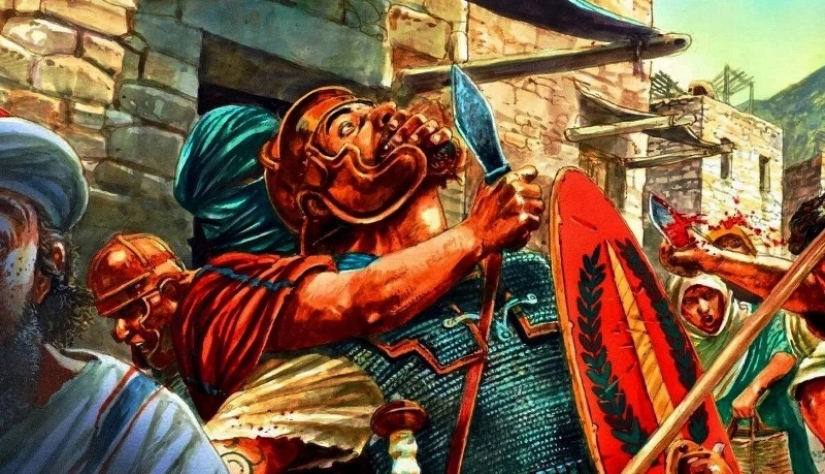
Although the Romans did not "tighten the screws", the Jewish people suffered under their rule. The Jews were forced to pay tribute to the treasury of Rome, as well as to perform rituals with sacrifices to the glory of the Roman emperors. The invaders controlled even the faith of the Jews, taking away from the high priests the keys to the main shrine - the Temple. They issued them at their discretion, regardless of the needs of the people.
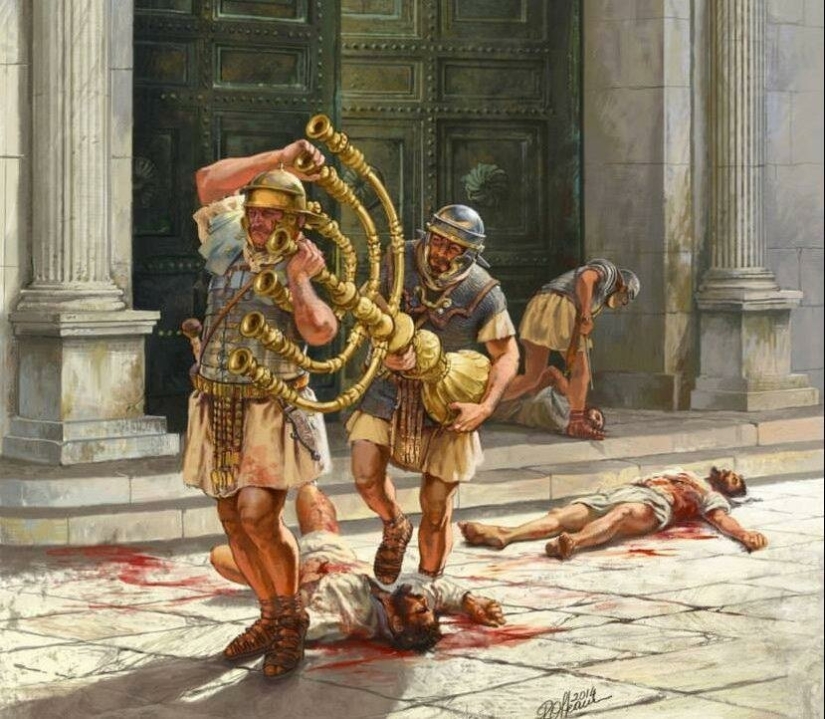
To deeply religious Jews, attacks on their faith seemed the most terrible violence. In Judaism, it is forbidden to recognize someone else's authority, except for the god Yahweh. Moreover, sacrifices to other deities are considered a terrible sin. There were other reasons for hating the Romans, such as their imposition of secular power, high taxes and restrictions on trade.
But not everyone expressed dissatisfaction, whispering in the alleys. There were also radical people among the Jews. The first manifestations of guerrilla warfare began in the 40-50s of our era. First, the conspirators boldly killed the chief priest of the Jerusalem Temple, the high priest Jonathan. He was accused of aiding the Romans and distorting the canons of faith. The killers attacked their victim in broad daylight at the market and literally riddled him with daggers.

The killers were called "sicarii", from the Latin sicarii, which means "armed with daggers." The massacre of the spiritual leader became resonant and sowed fear in the hearts of the apostates. The Sicarii continued to kill and always acted unexpectedly and defiantly. They attacked the victim in the most unexpected places, in a group, and inflicted many blows with their weapons.
Sika, chosen by the partisans as the main weapon of revenge, can only conditionally be considered a dagger. Rather, it is a short, strongly curved sword with a blade of about 40 cm. The weapon was borrowed by the Romans from the Thracians and was used mainly during gladiator fights. Its length and shape were ideal for close range combat. Shika could bypass the opponent's shield and deliver a decisive blow to the unprotected side.
The Sicarii were real religious fanatics and were not at all afraid of death. Their target was the Jews who supported the Roman government and abandoned the canonical faith. The Sicarii believed in immediate resurrection as well as the transmigration of souls. Often they were caught at the scene of the crime or killed, but they never asked for mercy and accepted death calmly and even joyfully. Theocratic despotism became the main idea of the Sicarii. They dreamed that the high priests would become the head of the people, and the Romans would be expelled.
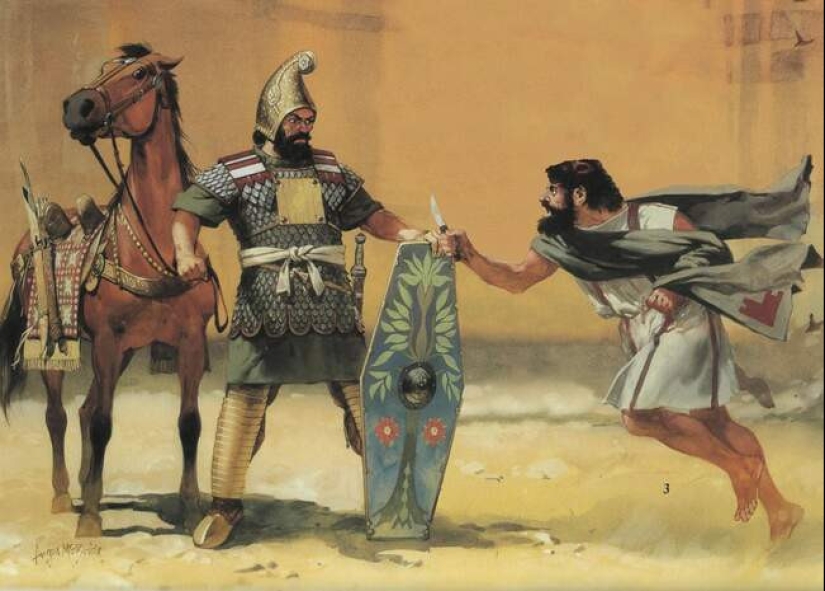
Jewish society in the 1st century AD was heterogeneous. In Jerusalem, most of the population belonged to one of the 4 sects. These were the Sadducees, Pharisees, Essenes and Zealots. The high priests and the richest citizens were Sadducees. Moderate religious centrists referred to themselves as Pharisees. The poor and peace-loving citizens were most often Essenes.
The Zealots gave the Romans the most trouble. They were religious fanatics and rebels with very radical views. It is not difficult to guess that the Sicarii came from the Zealots. They were a kind of military wing of this sect, carrying out death sentences for traitors. The people considered them heroes, so the number of rebels was constantly growing.
By the beginning of the First Jewish War of 66-73 AD, the Sicarii had become a particularly formidable force. They were joined by many experienced and brave thugs. They were robbers, former soldiers and hunters who knew how to handle weapons. Several well-known politicians and even priests also joined the conspirators.
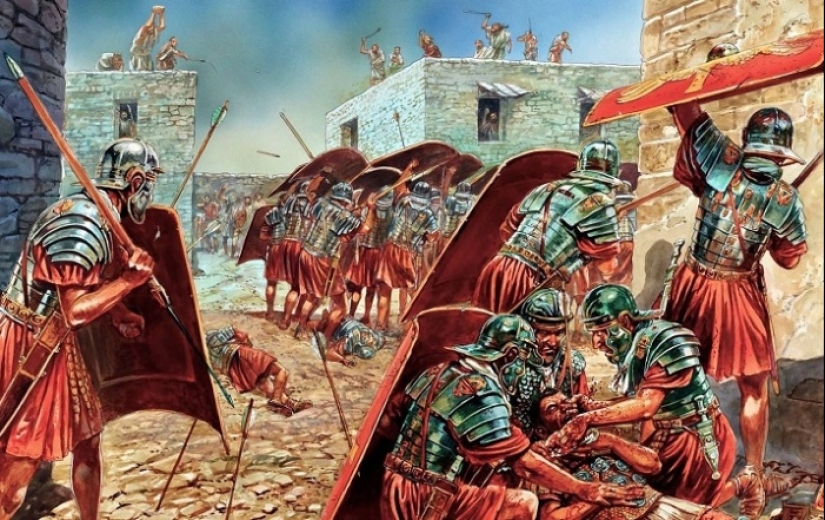
The activities of the Sicarii were not limited to terror. They also agitated the people in the streets and squares, urging them to refuse to sacrifice to the Roman gods and the emperor and to stop obeying the authorities, who had discredited themselves with an alliance with the Romans. At night, guerrilla warfare overwhelmed Jerusalem. The Sicarii attacked the publicans who collected taxes for the invaders. Sometimes they did not kill them, but simply maimed them to instill fear in the enemy. Money intended for the Romans was confiscated and used to organize the struggle.
For a long time, the activity of the Sicarii was chaotic. But in 66 AD, a real uprising began. The spark from which the rebellion flared up was the activity of the Roman procurator Hessius Florus. He ordered the soldiers to withdraw valuables and shrines from the Temple in favor of the Roman treasury. Flor explained his actions by the fact that the Jews inaccurately pay taxes.
At the forefront of the uprising were all the same sicarii. Under their leadership, crowds of Jerusalem residents laid siege to the former royal palace. A massacre began on the streets of the city - the rebels dealt with their fellow citizens convicted of betrayal. The uprising took the Romans by surprise. The legionnaires were well armed and trained, but there were very few of them. It immediately became clear that they could not cope with a crowd of thousands of angry citizens.
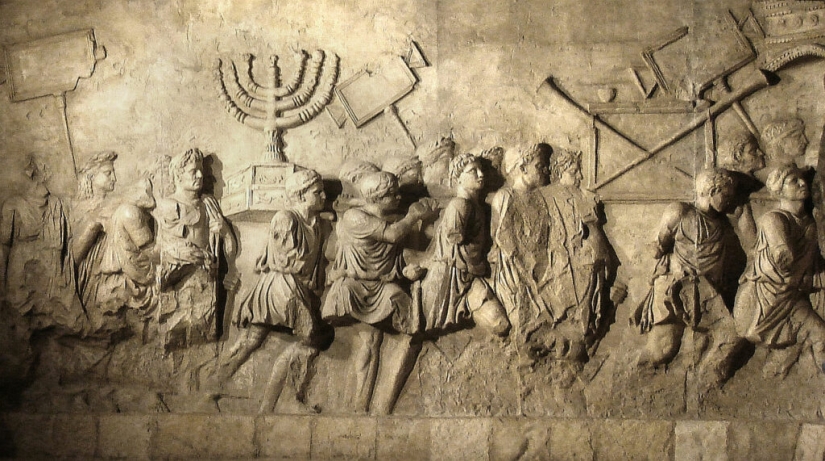
The Sicarii sent truce envoys to the Roman camp. They offered the legionnaires to lay down their arms and guaranteed their lives. The conditions were accepted, but as soon as the soldiers disarmed, they were mercilessly stabbed to death with swords and spears. The corpses of the Romans were dragged through the streets of Jerusalem all day, and then thrown into a dump outside the city walls.
A little later, reinforcements approached the Romans and the legionnaires laid siege to the city. Real battles began, success in which was on the side of the rebels. They repulsed two assaults on the fortress walls, and then made a sortie and attacked the enemy. Then more than 6,000 Roman soldiers were surrounded and killed in cold blood. The Jews won, but, as often happens, they fell victim not to an external, but to an internal enemy.
The revolution followed a well-known scenario. It was made by the hands of the Zealots and Sicarii, but the power was in the hands of the elites. After the victory over the Romans, the reins of government fell into the hands of the Sadducees and Pharisees. The free Jewish state was headed by the high priest Anna, and two years passed quietly. But in the year 68, Rome sent new legions to the rebellious province, and the war flared up with even greater force.
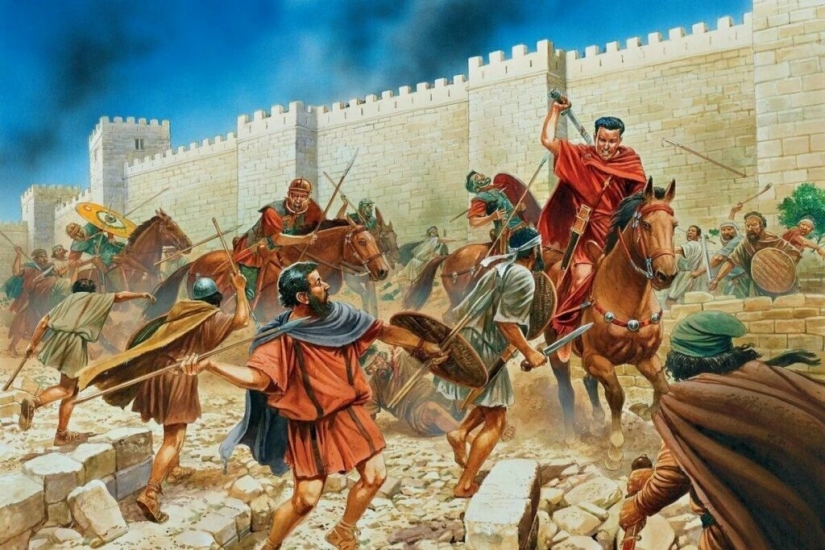
The Romans acted decisively and harshly. In a short time they regained power over Judea, failing to take only the stronghold of the rebels - Jerusalem. The city was well fortified and had supplies of water and food. It was believed that he could withstand many years of siege by significant enemy forces. But internal strife did not allow the Jews to keep the city.
In the besieged city, disagreements between sects began, which turned into a full-fledged civil war. Jerusalem of 200,000 has become a battlefield. Zealots and Sicarii swept through the streets in droves, killing Essenes, Pharisees, and Sadducees. It was aggravated by the increasing number of refugees, among whom were people with a wide variety of political and religious views. They also took part in the massacre.
In 70 AD, the city engulfed in unrest was taken into a dense ring by the Roman legions. They were led by the commander Titus, son of Emperor Vespasian. The city held out for six months. After taking the walls, the Romans had to recapture street after street from the townspeople, suffering heavy losses. Nevertheless, Jerusalem fell and the legionnaires began to massacre the vanquished. They destroyed the Temple and crucified thousands of Jews on crosses.
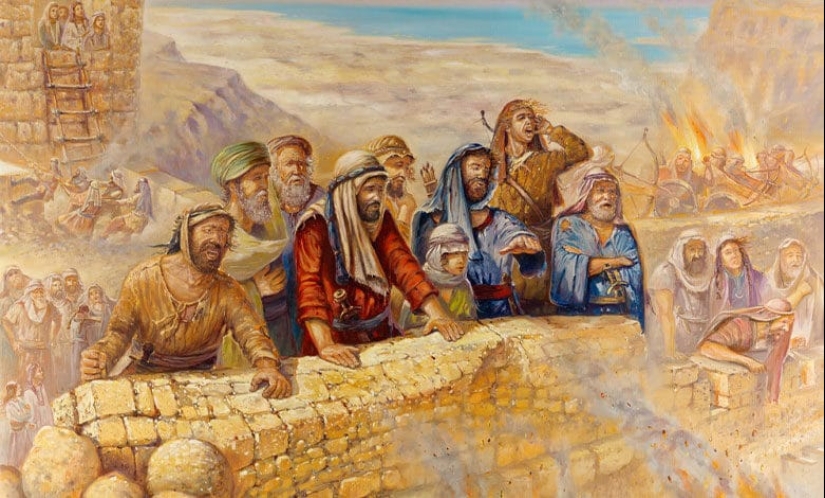
Many of the townspeople were taken out of Judea and sold into slavery. The trophies were fabulous. The winners got so much gold that its price in Rome fell by half! Very few managed to escape the massacre. The Zealots and Sicarii, who fought their way out of the burning city, occupied Masada. It was the fortress of King Herod, built many centuries ago. There they managed to hold out until 73 years, until the stronghold fell under the onslaught of the legionnaires.
But the enemy did not have to torture and execute the vanquished. The defenders of the fortress, among whom were even women and children, committed suicide. Entering Masada, the Romans saw only dead bodies and conflagrations. Thus ended the war of liberation of the Jews, which was started by the Sicarii. Very few managed to escape. The survivors fled to Egypt and were exiled for the rest of their lives. In total, about 1 million people died during the war with Rome and civil conflicts.
Recent articles

Most of us think that the color of the eggshell does not play any role and it is possible not to pay attention. But it's not and ...

The more we rely on technology, the more potential power hackers gain over us. It doesn't matter if their goal is to help or cause ...

Creating a good portrait is one of the most difficult tasks for any photographer. In order to make a really natural and memorable ...